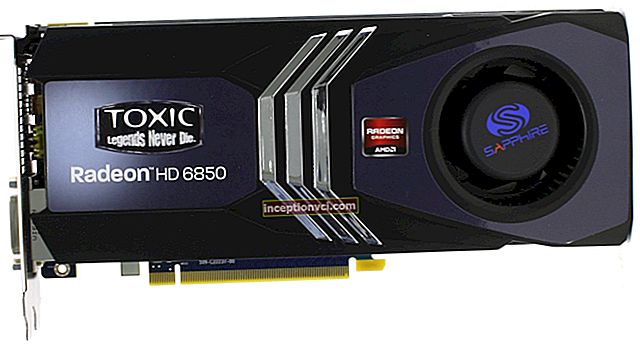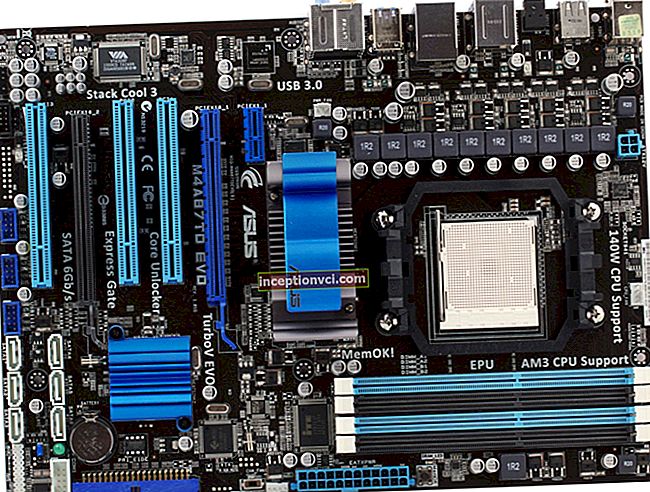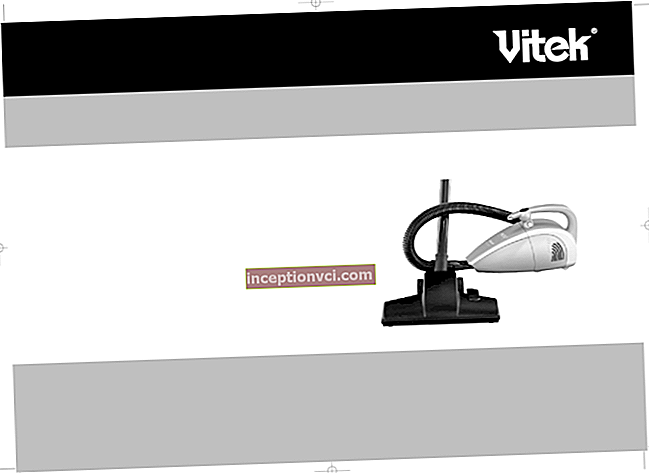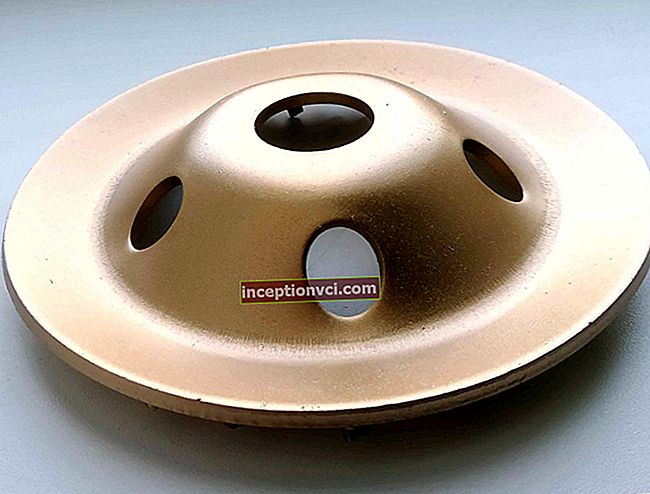With the growth in the number of Internet users and the number of tasks solved with the help of computers, the demand for network equipment is also growing. The creation of computer networks is increasingly becoming a matter of necessity. Combining several computers has to be organized not only in business institutions, but also at home. This places certain requirements on manufacturers. In addition to the relatively low cost and functionality, modern routers should be easy to configure, since the administration will often be carried out by a person without special training. With this trend in mind, many networking equipment manufacturers are surpassing themselves in their quest to create the most compelling product possible. And not only in terms of technical characteristics, but also external data. The hero of this review, ASUS RT-N14U router, can serve as an example of such a product.
Packaging
ASUS RT-N14U router is packed in a cardboard box. Its design is quite traditional for ASUS products. For the background, monochrome colors are used, with a predominance of dark tones.

Both sides are pretty informative. The front side of the package shows a small image of the device lying inside, next to which the model name and the manufacturer's name are indicated in large print. Information about the belonging of RT-N14U to the family of cloud routers, as well as an advertising slogan and a solid warranty period, which is three years, is highlighted in yellow. The fact that the manufacturer guarantees the device's performance over such a period of time unwittingly inspires confidence in the product. At the bottom there is a series of pictograms that inform about the distinctive features of the router.

The backside contains illustrations that describe proprietary networking technologies in an accessible form. In the lower left corner, there is a small comparison chart that allows the user to select the router that best suits their needs. The model lying in a specific package is highlighted with a blue frame.
Delivery set and appearance

The ASUS RT-N14U package includes the minimum required to get started. These are the power supply, router stand, patch cord and user manual.

Appearance is one of the distinguishing characteristics of this router. First of all, it attracts attention with its non-standard, geometric shape. The angular silhouette of the case is perfectly combined with the strict design. This style is called "Black Diamond Style". Besides ASUS RT-N14U, it is used in some other ASUS products.

The front panel has a glossy finish with a subtle relief. Thanks to this technique, the play of light changes the character of the drawing, which is a composition of lines intersecting at right angles. It looks very impressive.
In addition to good decorative qualities, the front panel also has informative properties. It contains the manufacturer's logo and a number of LED indicators of the device's operation, which glow in blue. In the dark, their work is most impressive.
ASUS RT-N14U can be installed on the table not only horizontally, but also vertically, which saves some space and emphasizes the interesting appearance of the device. For this, a complete stand is used. It attaches to the router with three latches. The stand holds the router at a slight angle, further emphasizing its original appearance. But given the low weight of the structure (250 grams with a stand), it would be too optimistic to demand great stability from it. If you plan to use most of the network connectors, then it is better to refuse the stand.
There are no external antennas in the model under consideration, which has a positive effect on compactness.
The rear panel contains four Ethernet ports, a power connector, as well as one USB 2.0 and one WAN port. There is also a button for a quick WPS connection and a power switch.

The sides of the router are equipped with ventilation slots. ASUS RT-N14U is completely silent during operation. It also does not differ in significant heat release.

There are two cross-shaped holes on the bottom panel for mounting the router on the wall. A sticker with brief technical information and a reset button are located next to it.

External examination shows ASUS RT-N14U from the positive side. High-quality designers clearly worked on its case, thanks to which the router received an original, stylish appearance.
Internal organization
Now let's remove the outer shell and look inside. The electronic filling of ASUS RT-N14U is assembled on the basis of the Mediatek MT7620N chip, the carrier of the MIPS 24KEc architecture. It has an operating frequency of 600 MHz. Most of the components of the device in question, namely Wi-Fi, Ethernet and USB modules, work under its control.

The device has 16 MB of flash memory, and the amount of RAM is 64 MB.

Menu and setting
The router is configured using a browser. Going to the address 192.168.1.1, we connect to the web interface and get to the settings menu. For inexperienced users, a quick setup is offered, which contains three steps. It is necessary to specify a few basic parameters of WAN and Wi-Fi connection and configure the security level. This is enough to get you started.
Advanced users will be interested to get acquainted with the menu in more detail.

The first page shows the general status and condition of the network equipment. In the small tab on the right, you can change some of the main parameters.

Many will be interested in the "Guest Network" function. The essence of this technology is to isolate the “guest” user who is connected to the router via Wi-Fi from the main local network. This is very useful from a security point of view. This function will surely find application in public places, for example, in a cafe.
The ability to prioritize traffic is equally important. The Quality of Service tab allows you to give higher priority to a particular connection.
The "Traffic monitoring" tab makes it possible to analyze the equipment activity.

To protect children, or other users of the local network from certain content on the Internet, the Parental Control function is used.
A set of additional options opens on the USB Applications tab. These are utilities for setting up file sharing (AiDisk), organizing the functions of an FTP server and cloud disk (Servers Center), setting up a 3G / 4G modem, a print server, Download Master and a media center. These options make your home network more functional and easier to use. At the same time, the user does not need to have special skills, since the configuration interface is intuitive.

The AiCloud tab offers to connect the drive to the router using the USB port, and then provide general access to the information available on it for both local network users and the Internet. Owners of portable platforms based on Android and iOS are offered the AiCloud application of the same name.
Additional router settings are divided into several items, which include wireless settings, WPS connections, Radius authentication, professional network settings and other items. LAN setup includes parameters such as routing, addressing, IPTV and DHCP server configuration.
The Internet connection menu includes WAN and DMZ settings, DNAT and NAT functions, and port forwarding management.
It is worth paying attention to the full support of the IPv6 protocol, which is becoming more and more popular.

In the "Firewall" item, security settings are made. This implies the availability of equipment via the WAN interface using the ICMP protocol, filtering traffic by URL addresses and by keywords. Filters can be activated at specified intervals, which can be useful for parents to restrict children from accessing the Internet.

The "Administration" item contains the most important settings of the router, which are responsible for its operation as a whole. For example, using the "Operation mode" sub-item, you can switch the router to the access point or router mode.

The system log displays the equipment operation logs. By studying these records, you can solve many network problems and problems. ASUS RT-N14U provides system logs, DHCP protocol logs, information on wireless communication and port forwarding, and routing tables.
The model under consideration is equipped with tools for analyzing and checking the health of network nodes. This allows you to refuse checks using ping commands typed in the system terminal or launching third-party applications. Everything you need is already in the router.
Summing up, we can safely recommend the RT-N14U for home use. The built-in toolkit allows for individual customization. However, it is designed for users with a basic level of training. Each item has a nice description that explains its purpose. The standard set of functions is perfectly complemented by "Guest Network" and the ability to effectively interact with USB devices. It is also necessary to note the orientation of this model to work with cloud storage of information.
Performance test
ASUS RT-N14U uses two internal antennas for signal reception and transmission. The Wi-Fi wireless network operates in the 2.4 GHz band and fully complies with IEEE 802.11b / g / n standards.
Checking the speed of work was carried out using several methods:
1. The SpeedTest mini utility was installed on the server computer, after which a request was made from the client PC to measure the upload / download speed.
2. We used the command line utility Iperf, designed to test the throughput of communication channels. Its server part was installed on the server, and the client part was installed on the client PC. The request for measuring the upload / download speed was carried out from the command line of the client computer.
3. Using standard Windows system tools, the speed of transferring a large file between the server and the client was measured. The transfer took place in turn in each direction, the file size was about 10 GB.
For testing, we used two computers, one of which served as a server, and the other as a client.
Server configuration: Core 2 Duo processor, Gigabyte GA-G41M-COMBO motherboard, 2GB DDR2 RAM.
Client PC: MSI Z77A-G45 motherboard, Intel Core i5 processor, 2 x 4GB DDR3 RAM.
An ASUS USB-AC53 wireless USB adapter was used as a Wi-Fi receiver on both machines.
Test modes:
1. Wi-Fi to Wi-Fi. The server and client were connected wirelessly via a router, without wires.
2. Wi-Fi to LAN. The server and the router are connected by a patch cord, the client is connected to the router using Wi-Fi.
3. Loading a torrent application. In this mode, the central processor of the router was additionally loaded with an independent torrent client. The application was installed on two laptops, which were connected to the tested network via a LAN interface. Each performed ten active downloads.
Testing was carried out with several options for equipment placement.

Such a small distance is explained by the desire to calculate the maximum possible speed over Wi-Fi.


The result is good considering the low level of ASUS USB-AC53 transceivers.But under intense load, drawdowns appear.

This configuration is close to the real operating conditions of the router, for example, in an apartment.


ASUS RT-N14U demonstrates decent performance again. However, compared to the first option, a significant drop in speed was noticed.

The network packet must pass twice through a forty centimeter thick brick wall.

At this stage, we got a big drop in speed. This is due to the influence of several factors. First, the absence of external antennas leads to a loss of clear signal directivity. Even the high power of the transmitter cannot neutralize this. Secondly, the low performance of ASUS USB-AC53 USB adapters affected.
conclusions
ASUS RT-N14U router makes a good impression. The appearance of the device allows it to organically fit into the design of any modern room. The absence of external antennas makes the router compact and makes it more versatile when choosing a location. It looks good both on the desktop and on the wall of the room. However, there was a price to be paid to improve the look with signal quality. Nevertheless, the transmission speed over a Wi-Fi network in ideal conditions reaches 88 Mbit / s, and in fairly complex conditions, about 37 Mbit / s.
This is quite enough for using the router at home or in a small office. In addition to its striking appearance, ASUS RT-N14U has a wide range of additional features and a good reference base. Setting up the device is very simple, even a user with modest experience can handle it. This model is not very suitable for creating large networks, since excessive loads on the router processor cause severe speed drops.









